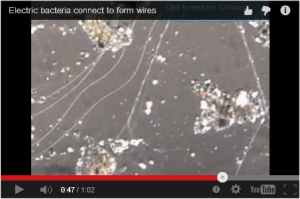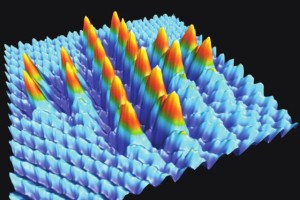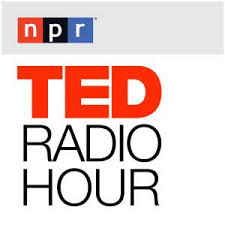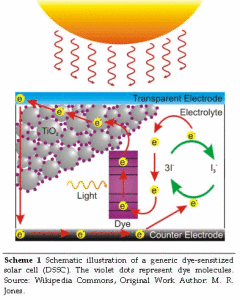In the history of science and technology, there have been many instances when two or more persons have independently created an invention or concept at almost the same time, but for various reasons, one inventor takes precedence or credit.
(This was originally published in Interface, the ECS magazine. It was written by Jackson E. Harrar.)
Examples are the telephone, the integrated circuit, calculus in mathematics, and the theory of evolution. Once the invention or concept is introduced, further development soon proceeds along a single path. A rare instance is an innovation that was developed by two different scientists in two different fields at almost the same time, and then widely used for many years in these two fields without the investigators being aware of the other application.
This happened in the case of the potentiostat and the voltage clamp, which are basically similar instruments, but whose actual applications are quite dissimilar.










